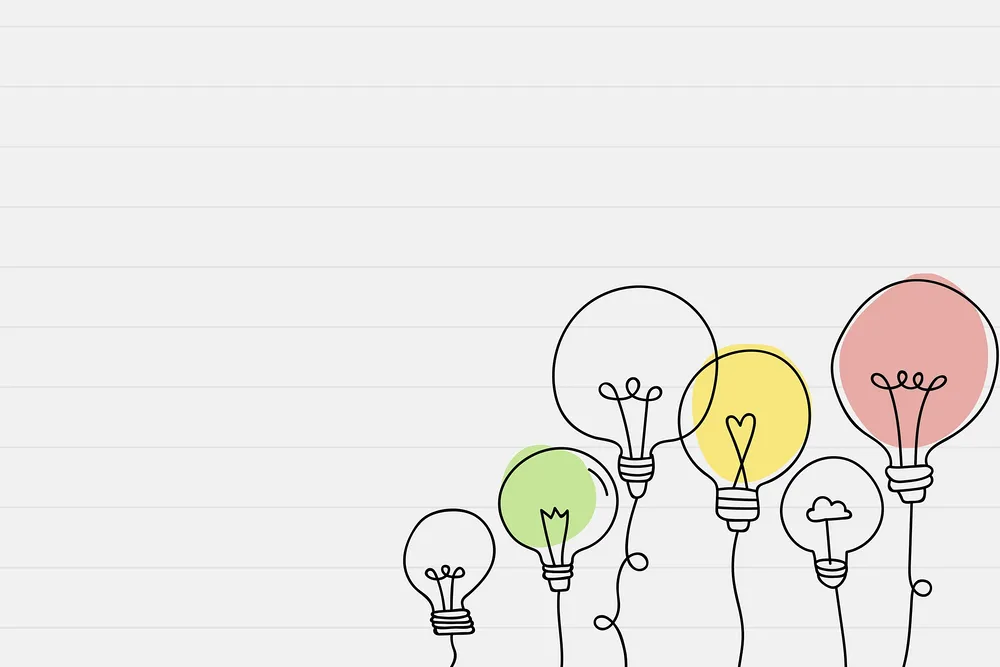This is the title of the first chapter of my new book, Untangling: A Memoir of Psychoanalysis. It’s a legitimate question. I suspect it’s at the back of the minds of everyone I’ve told that I’ve been psychoanalysed. Twice, actually. My first at age twenty-eight and my second much later in life, each lasting the better part of a decade.
I didn’t set out to spend two thousand hours on the couch and a tenth of my life’s earnings on it. I doubt anyone does, except those who do it to become analysts themselves. As for the rest of us, well, you might start out thinking that perhaps a therapist might help you through something or over it and on to your real life, which is waiting for you on the other side of a moat of anxiety, addiction, or some other misery.
In my twenties, that moat for me was filled with a recurring nightmare that often woke me up screaming. It also woke my partner at that time, who said, quite reasonably, that I should see a therapist. There was also the depression, which I kept to myself, but it persisted despite the exciting new life I had fashioned for myself.
So there it is. When you can’t stand your private anguish any longer, you might actually try psychotherapy, as fifty million Americans recently have. But once you’ve felt the relief of being understood and have seen your life lighten with therapeutic support, once you’ve unearthed the patterns of your problems and believe in the care and competence of your therapist, an experience you may never have had with a parent, you may want to explore further. This is especially true if you still can’t manage your emotional pain and the chaos it leads to, whether in your relationships, your work, or your friendships. If you do, and if you’ve chosen a psychotherapist who is also a trained analyst or have decided to find one, you too might stay for the decade, descending into depth after depth of your psyche. You might explore the realm of dreams, free association, transference, and even regression into childlike states. Maybe nothing else has ever seemed so worth it, because session after session, these depths provide answers to questions about yourself that you didn’t even know had answers. Where did this depression or these nightmares come from? How did they form, and why?
Let me offer an example. It’s just a small detail, but it may offer a glimpse into how psychoanalysis works. The recurring nightmare I brought to therapy all those years ago was about people, usually women, chasing me with murderous intent. When they caught me, I fought them, but they plunged a syringe into my arm, injecting me with a substance that sapped my strength. Just before I woke up screaming, I realised they would now destroy me.
Talking about the nightmare didn’t help much. It was when my therapist, Lane, invited me to lie on the couch and free associate that I fell back through time into my childhood. Soon, my nightmare explained itself. For no particular reason, I began to talk about having had a father who was diagnosed with ulcers on the day I was born and who died two years later from the cancer it turned out to be. My mother was on her own, caring for him, my five-year-old brother, and me. That’s about all I knew, so Lane suggested I ask my mother for specifics. Here’s an excerpt from the book that shows what happened. It will give you a sense of what can be discovered in psychoanalysis and how it can work.
Lane said, “You were the angel of death.”
The universe momentarily stopped all motion while her words took on meaning. On the day of my birth, an ominous crack appeared on the surface of my mother’s life. I was the dark angel heralding my family’s undoing.
In the sanctuary of Lane’s office, that small room with its shabby furniture and muted colours, I wasn’t afraid to think about that unfortunate coincidence. On the contrary, I felt safe as a baby in the womb. Outside the two street-level windows, heels clicked on the pavement and cars screeched to a stop, but inside was warm and quiet, the dim room lit by Lane’s presence. We were silent for a long while, the space full with her statement, stark and true. Still unable to move or speak, I sat up and just looked at her. Her head cocked slightly, and as her words saturated me, I felt held in the kindness of her gaze.
Lane had just explained why I had always felt I was in some way repellent to my mother, why she seemed to recoil from me. It explained an imagined thumbprint of inexplicable shame on my forehead. To my mother, my birth and my father’s death were inextricably linked.
It was those morphine syringes, a random detail from my mother’s distant memories, that unlocked the mystery of my nightmares. They connected what had seemed like fragments of my life blown into space. Here were my nightmares: there were the hidden photos of my father, my mother’s bitterness, her disengagement from me. Those syringes became part of my life when Lane shifted the perspective of the story from my mother’s to mine, to the two-year-old child watching it all. I assumed I “didn’t know anything,” as my mother said. She insisted, “You were just a baby. You didn’t know what was going on.” My mother firmly believed that. Lane, who did not believe that, suggested I ask my mother specifically about those syringes.
Lane’s constant question was, what did I make of it all?
An alternative history began to appear, and that two-year-old girl started to materialise out of this hypothetical past. By two years old, I would likely have been attached to my father. I would have seen him as my entitlement, the way my own daughter would later see her father at that age, lifting her arms to him to be picked up, asking for him when he was gone, hanging onto his head when he carried her on his shoulders.
Little by little, Lane proposed that the nightmare figures, mostly women, who chased me with syringes were versions of my mother. Despite the closed door to my father’s room and my mother’s insistence that my brother and I saw none of it, Lane believed that we both saw my father wasting away. Sorrowfully, she said, “Joan, how could you have seen nothing? You lived in three small rooms.”
Lane conjectured that in the confused logic of my two-year-old brain, which was suited more to fairy tales than science, I must have concluded that my mother, weary, angry, anxious, and afraid, had sapped the power of the man who had held me aloft. According to Lane, I would have thought that she had killed him with those needles, and just might kill me.
At first, I was sceptical about Lane’s interpretation, unable to shift to that two-year-old’s perspective. But then, in a relatively short time, perhaps a month or two of discussing the subject, my needle nightmares ceased. Magellan sailing through the Strait near the tip of South America and into the Pacific couldn’t have been more astonished than I was. With Lane as my guide, I had discovered the ocean of my unconscious.
I believe that psychoanalysis can reveal the nucleus of who you really are when that has eluded you. The relief of understanding is perhaps the greatest gift of my life. It has made me able to fully enjoy all the others.
Joan K. Peters, PhD, is a professor emeritus of literature and writing at California State University at Channel Islands and the author of a novel and two books on women and work. She has given talks on her memoir “Untanglin” at the American Psychoanalytic Association and IARRP.
This article was written by Joan K. Peters, PhD from www.psychreg.org
رابط المصدر




